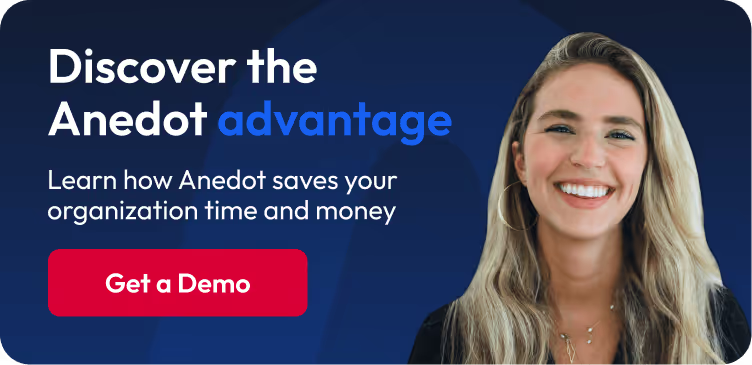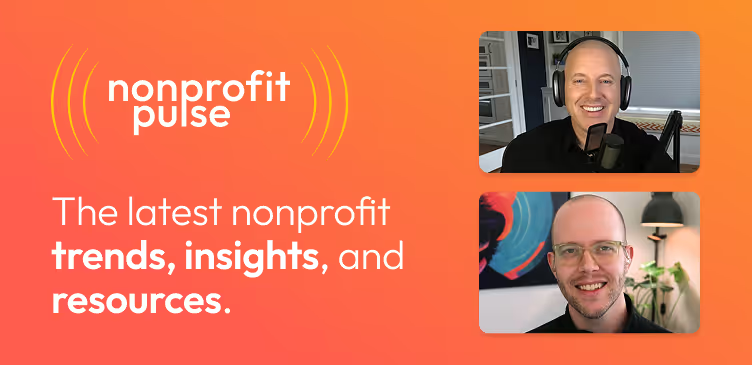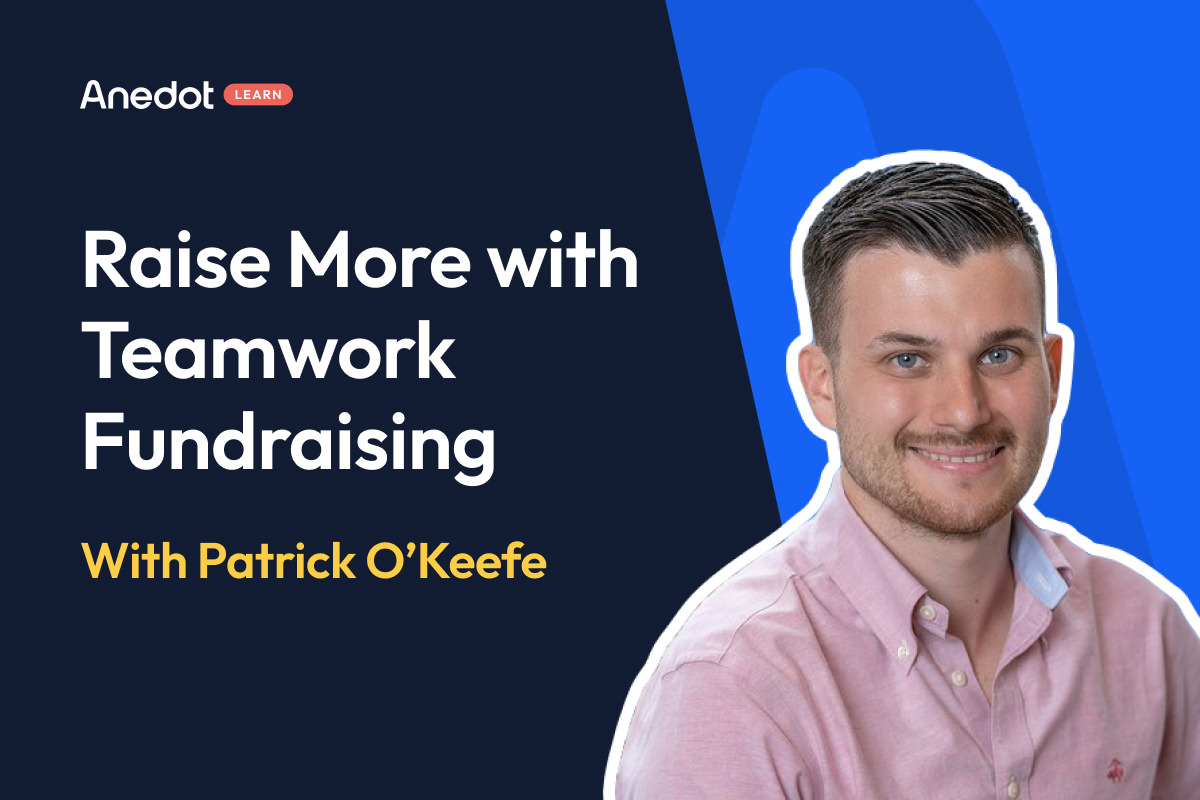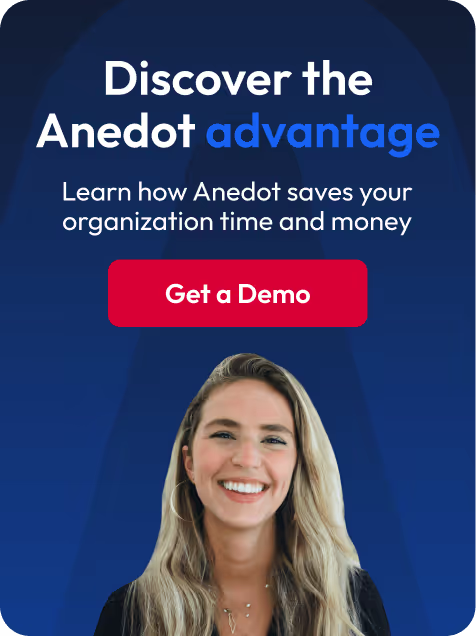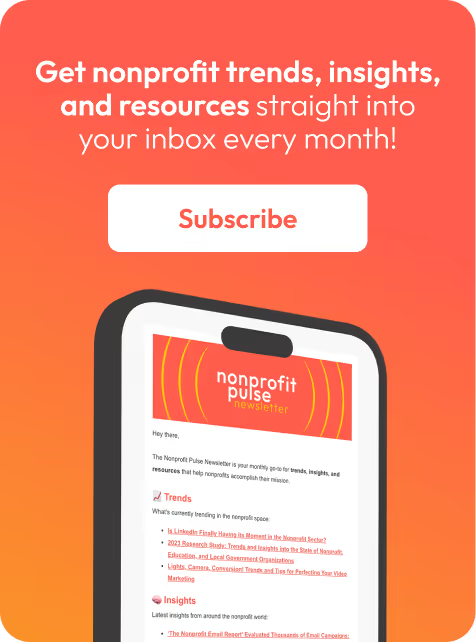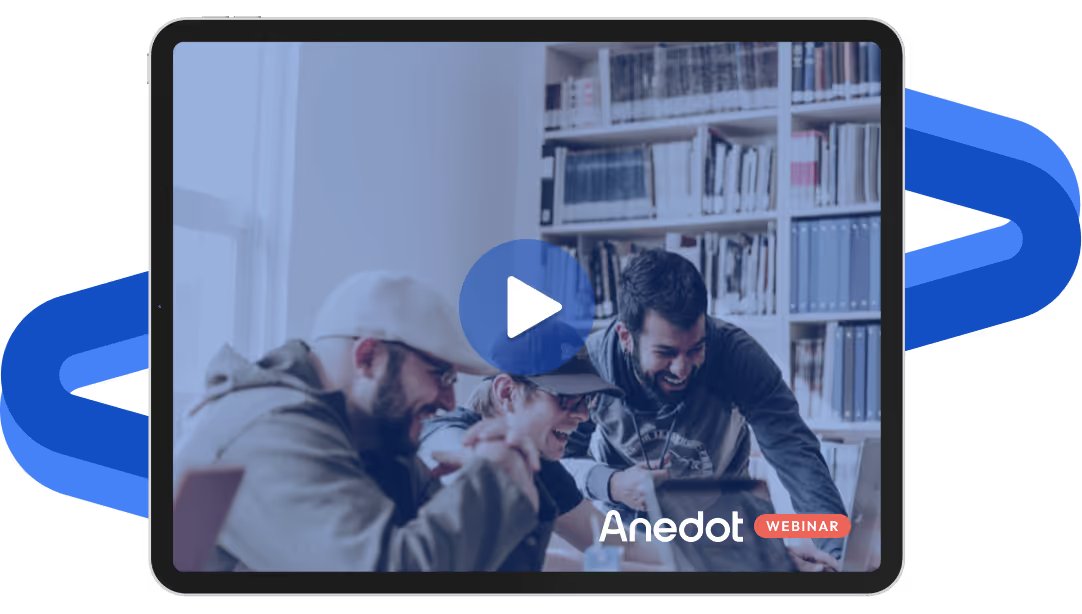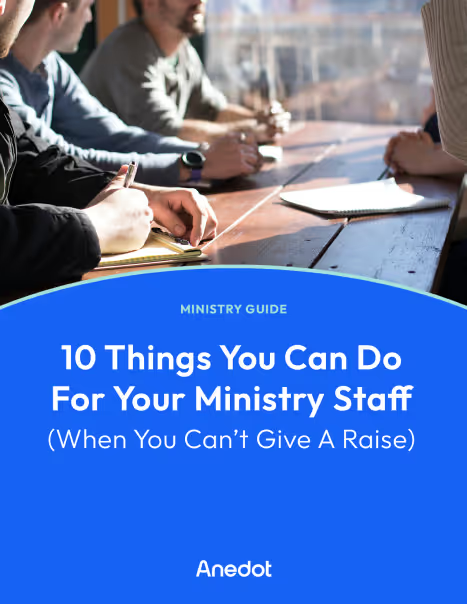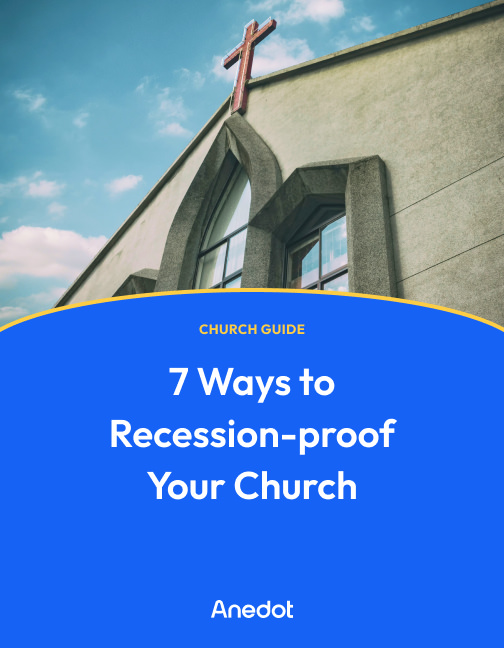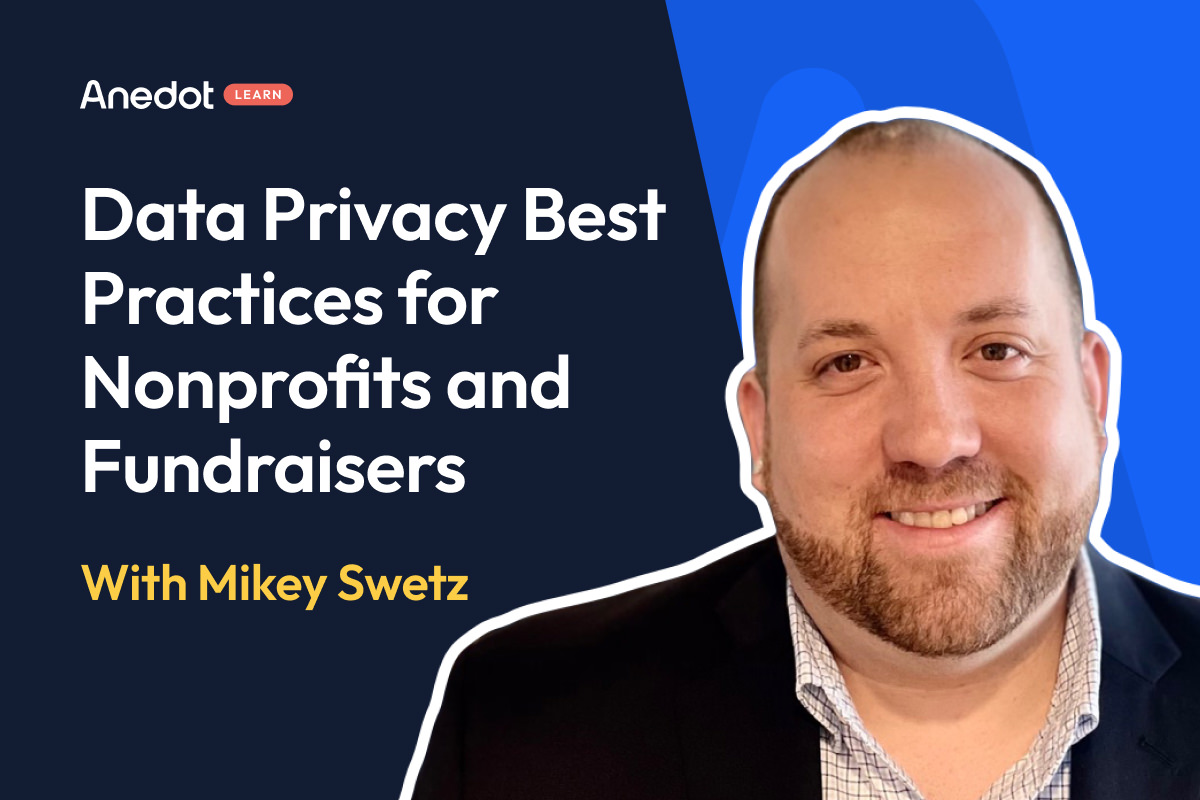Anedot Learn session transcript ↓
Patrick:
Hey, this is Patrick with Anedot.
Welcome to Anedot Learn where we help you grow your organization through giving.
Today we're going to be talking about teamwork fundraising, which is your organization, working with another organization to raise more money.
So let's start with teamwork fundraising.
The agenda today, we're going to talk about why teamwork matters. Choosing a potential collaborator, other organizations you can work with.
Some strategies for success and then some examples using pages.
Why teamwork fundraising matters
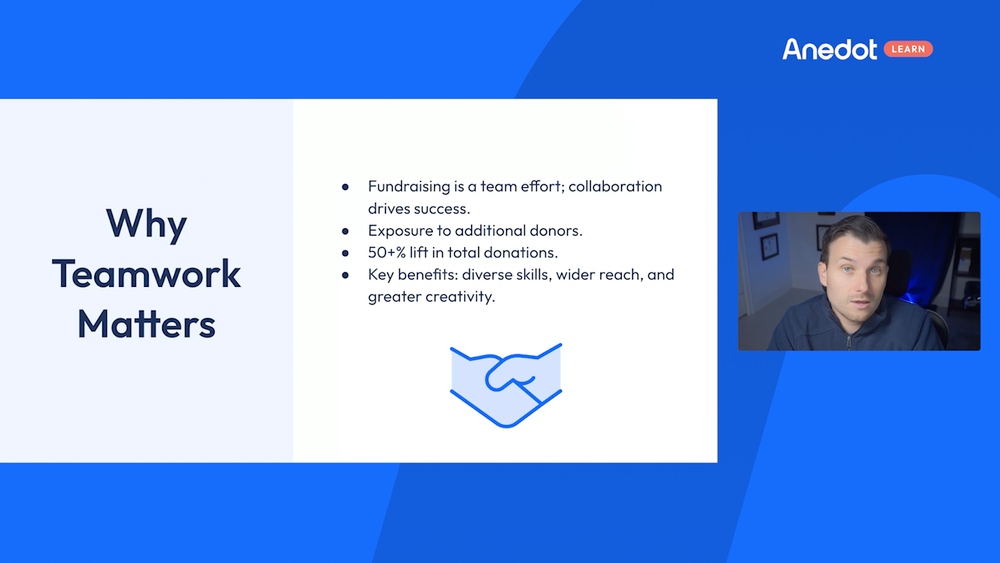
Fundraising is a team effort and collaboration drive success.
So a lot of times organizations are a little bit skeptical to work with others to raise more money.
Because, oh, is that going to take donations away from me or are my donors going to feel like that they can or should give to this other organization?
But what we've seen is that data suggests that organizations that work together and raise money together do ultimately raise more money.
On pages that have more than one organization typically, there's an overall 50% lift in total donations.
So it allows you to reach a wider audience, potentially have more creativity, and overall is a better experience.
How to choose a collaborator for teamwork fundraising
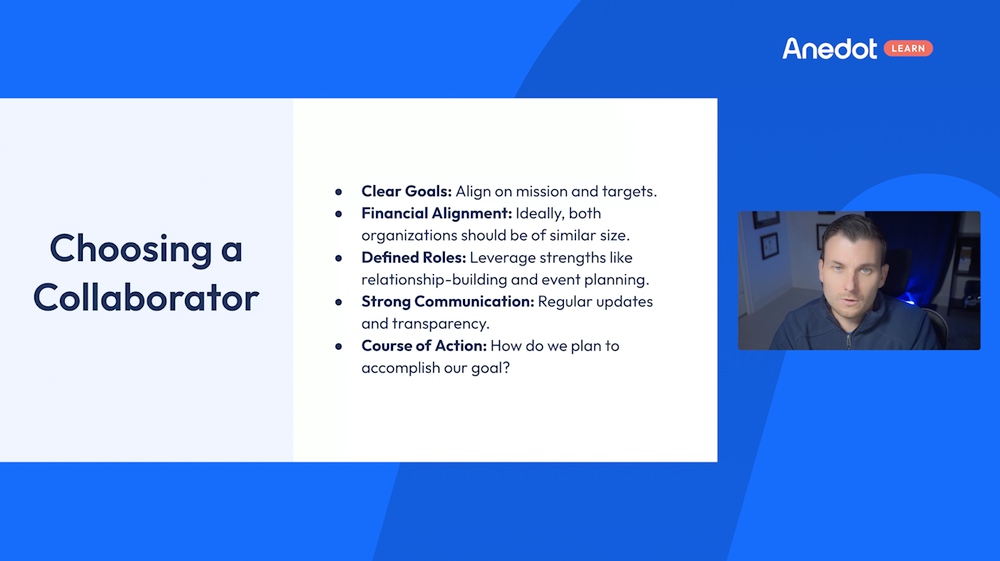
So part of the process to collaborate and have teamwork fundraising is to have another organization you work with.
And with a collaborator, there are some key things that you have to look at here.
Occasionally we have seen organizations work with others where it's not the best arrangement, but there are some key guidelines that you can take and use when you're trying to find the right partner to raise money together.
1. Align on mission and goals
The first one is clear goals.
You should have a similar mission and target. Ultimately, your donors and their donors should be the same types of people.
So, two veterans groups working together, or potentially two humane societies, or maybe a humane society and a food pantry.
People who want to do well and are in the same general geographic area could be one.
So there's a lot of different ways that you could partner with somebody.
But obviously if your donor base is completely different than another donor base, and it's unlikely that your donors would give the other organization and vice versa, that's probably not the best partner.
So it's important to know your goals, to have similar mission, targets, etc.
2. Ensure financial compatibility
Another key is financial alignment.
A lot of times organizations that are really big or really small, like they may not be the best partners.
Unless it is a chapter situation where it's a national organization in a local chapter, then it's okay for the sizes to be different.
But it is possible that if you are a really big organization and you're partnering with a really small one, then it may benefit one more than the other and create some issues.
So a lot of times having two organizations that are similar size is ideal for a potential collaborator.
3. Define roles and responsibilities
As you're choosing a collaborator, it's important to have defined roles.
So who's the one that's going to own creating the pieces and who's going to create the emails and who's coordinating?
It's really important to have that communication and the defined roles to understand okay, this is the partnership.
This is what's taking place and this is how we're gonna raise money together.
4. Plan a course of action
And then course of action is how do we plan to accomplish our goals?
So what are we going to do? Is this an end of the year campaign? Is this maybe during a season that giving slower, what are we trying to do this year?
This is a really cool idea and good concept for when, maybe giving is slow, or maybe there are particular initiatives or real reasons to partner up that are coming up.
So that's when you want to choose a collaborator and kind of align on that.
Strategies for success
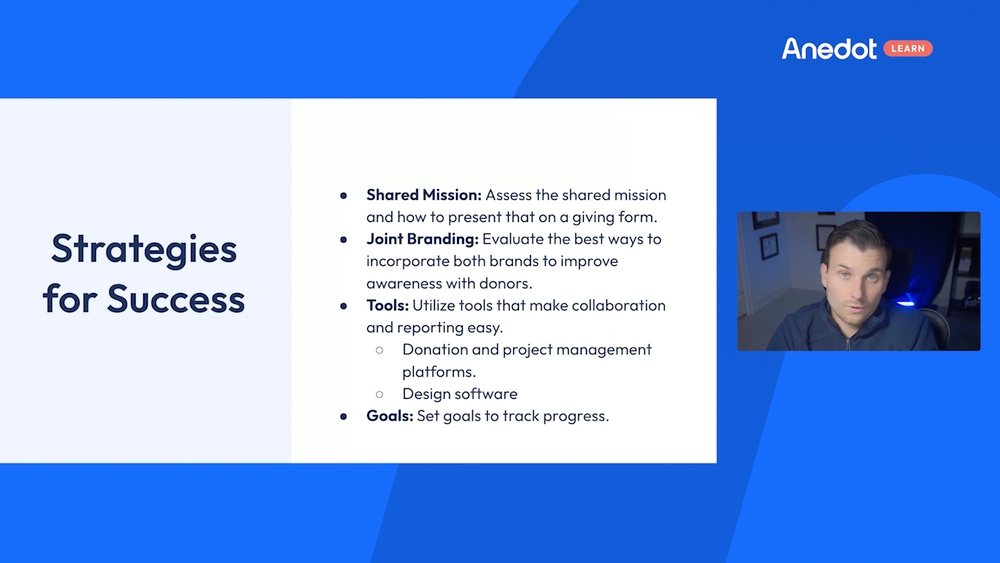
1. Align around a shared mission
I mentioned this before, but shared mission.
Looking at your organization and the other organization, you really should have a shared mission.
There should be similarities, whether you're both in the same geographic area. You care about the same topics. There's overlap in some other way.
You should think about that shared mission, because that's going to be very important for the message.
2. Use joint branding
So if you are doing a page together, you should make sure that the branding has each of you on it.
If you are going to be cross promoting, where, let's say the first page only has your organization and you are promoting the other one on a thank you page or something like that.
Then you can have separate branding because it's two different asks.
But if you're on the same page using Tandem Pages, you should look at how you're going to use joint branding to encourage people to give to both organizations because they may only recognize one of you.
3. Use the right tools
Utilizing tools that make collaboration and reporting easy.
So, Anedot, we have a lot of tools for teamwork fundraising and it makes it really easy to do so.
You should consider using some kind of project management software or something else if you are doing an ongoing campaign to make sure you're coordinating properly.
If you are looking at designs, there's a lot of design software out there, Canva being one of them, where you can have designs together and make sure you're on the same page.
So those are all things that can be really useful as you're trying to work together.
4. Set goals
Set goals to track progress.
So as you are going and figuring out what you want to do, it would be good to have an idea of what each of you typically raise on a page, and then see if you can set goals based on that.
Raise more together with Tandem Pages
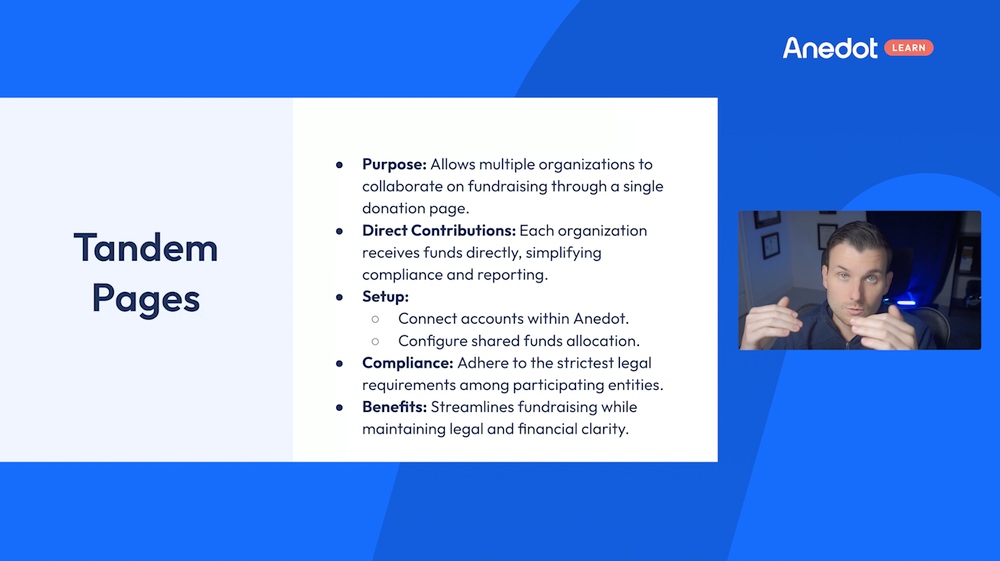
So now that we've talked about teamwork fundraising, so you've gone and you said, okay, I'm in a local community. I picked another organization in the community.
We've got our goals. We have an idea what we want to do from a design. We know what our messaging is going to be.
Next, you then want to look at how you're going to raise money together.
So one way is Tandem Pages.
This is an Anedot feature, that allows multiple organizations to collaborate on fundraising through a single donation page.
So your organization's on there. The other organization is on there. It allows direct contributions to each organization.
It doesn't go through another third party. It's just a direct donation to each. It's pretty straightforward to set up.
You connect the accounts in Anedot and then you can figure shared funds.
So inside of Anedot you can have, let's say a general fund or a building fund or other kinds of funds. An additional fund could be the external fund of your partner organization.
As long as they have an Anedot account, you can set it up where each of you have funds for each other on your own Anedot pages.
So it makes it easy for compliance. And it streamlines fundraising while not confusing things for the donor.
From a donor’s perspective, if they go on to a Tandem Page and they give $100 and it splits 50/50 to each of the two organizations, that's no different than if they went on to each one of your websites and gave $50, $50.
It's functionally the same from a reporting standpoint.
So this is a good example of a Tandem Page where you can see here there’s City Food Pantry, there's that $100 example, there's the $50 City Food Pantry and $50 to The Dwelling Place, which is another fictional organization.
You can see the messaging that City Food Pantry has teamed up with
The Dwelling Place provides housing opportunities for at-risk families. So you can see how the City Food Pantry and Dwelling Place have some alignment, right? And who their donors may be.
And this would be the messaging. And on this case, it was City Food Pantry. They're the one sending it. You could put a joint logo here.
You could change the image to have something with both of them together. So there's some flexibility on the design which that, with the background image and the header as well as the content here.
Boost donations with Upgrades

The other example that you could consider, as well is Upgrades.
An Upgrade allows one organization to cross-promote another organization.
In this example, the first page would only have City Food Pantry and they would upgrade to The Dwelling Place.
So The Dwelling Place ask would happen after the initial donation to City Food Pantry has already been given.
This can work well because it allows you to help promote other organizations, but not in any way impact the donation that you're getting on the first round.
It allows organizations to receive that money directly. It simplifies the giving process and reduces friction.
So if both your page and the partner organization page have the exact same fields on them, and somebody fills out all the ones on your page and then goes and they get this Upgrade panel, all they have to do is click the donate button, the amount, and it will process the next donation as well.
So they don't have to go in and retype in all their information.
It's just already done for them. So here's an example. Let's say somebody gives $15 to multiple organizations across a page, and then after you give that, it asks, Will you also donate to City Food Pantry?
So this was The Dwelling Place, their general fund, building fund, mission fund, and then City Food pantry. You can see it asks them.
You can set this up as amounts percentages. So this was a percentage of my initial gift. You can see and it presented the dollar options based on that.
You can see all you would have to do is click the amount here and then click donate. And somebody could choose to click no thanks if they don't want to.
So it provides you the opportunity to give a donor the opportunity to give to another organization.
Now this can be configured to give to one other organization or 3 or 4.
So let's say you are a national chapter and you're trying to ask people to give to one of your six local chapters.
You could set that up as an Upgrade panel and give them the option to click more than one at once. So this can work well, if maybe there's 3 or 4 organizations you're partnering with.
And let's say after they go to your donation page, you're asking them to go to theirs and vice versa. After a donor goes to one of their pages, they ask their donors to go to yours and give.
So this works really well to increase the total number of donations.
Because it is a novel ask. It is different than the normal ask. Most people are not used to being asked to give to a different organization.
But if presented at the right time where they're already in a giving mood, it will increase the total number of donations.
So these are two ways that you can utilize teamwork fundraising.
Partner with other organizations in your area. Partner with like minded organizations.
So if there's other organizations that focus on similar issues as you, you can partner with them and kind of all work well together and raise more money together.
Closing thoughts

So if you have any questions on how to utilize Tandem Pages or Upgrades, you can always reach out to our team at help@anedot.com.
If you want to pick our brains on teamwork fundraising in general, we can definitely try to help you out with that.
But thank you for watching this Anedot Learn, and we will see you on the next one.
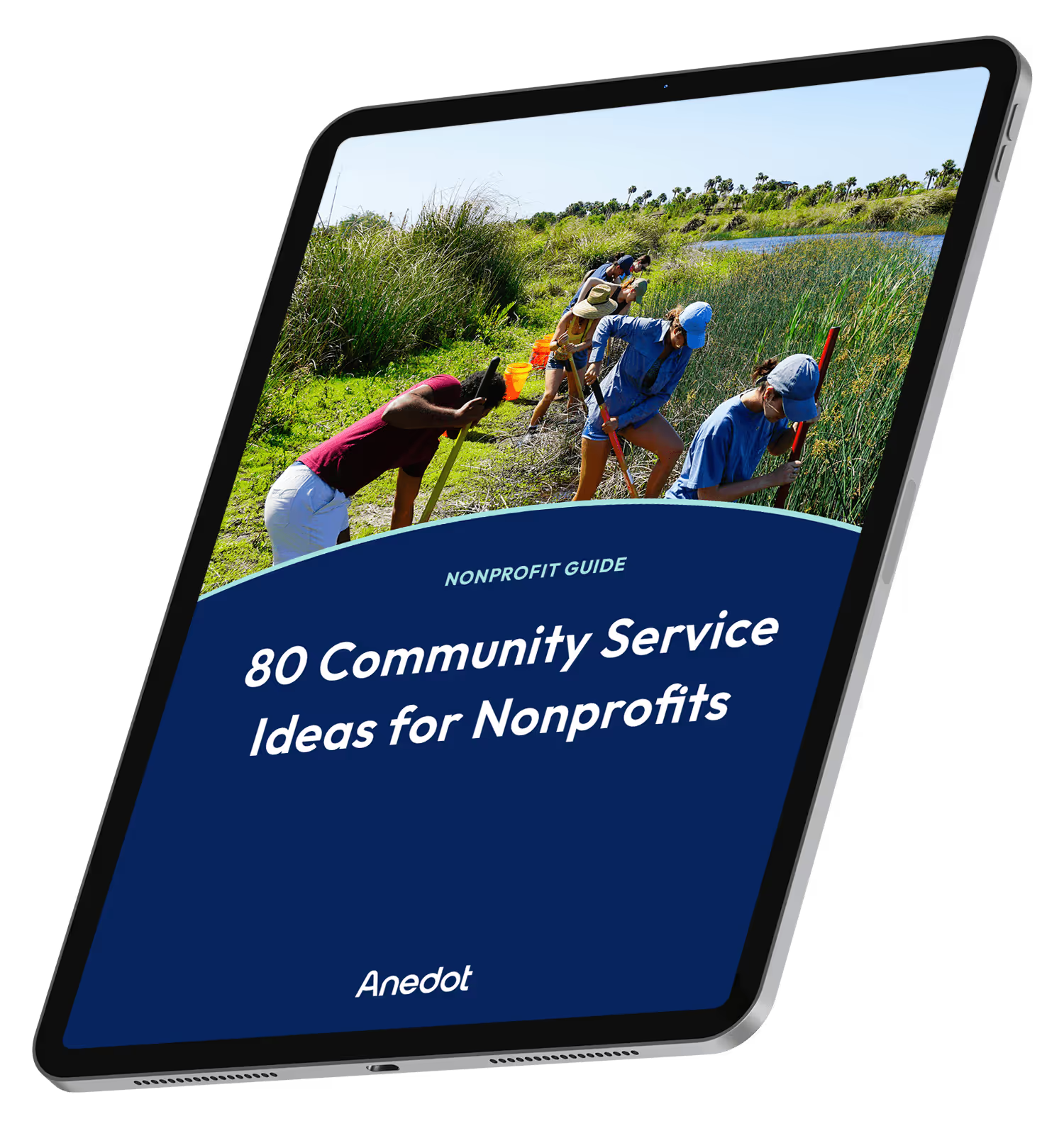
80 Community Service Ideas for Nonprofits
